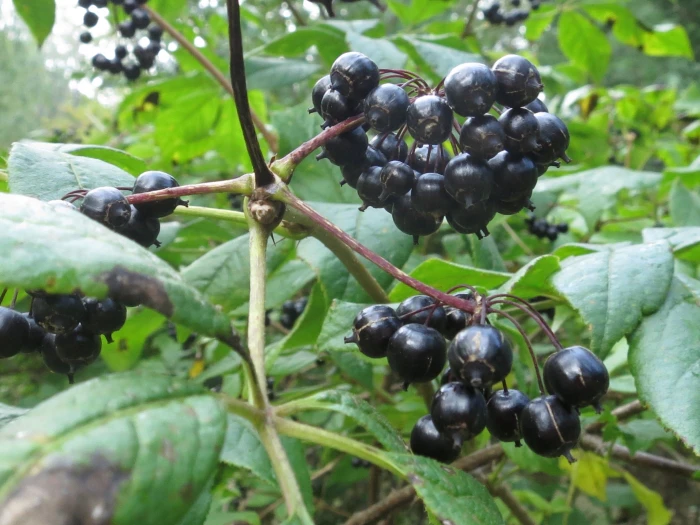Siberian Ginseng
(Eleutherococcus senticosus)
Siberian Ginseng (Eleutherococcus senticosus)
/
/

Repina Tatyana
CC BY 4.0
Image By:
Repina Tatyana
Recorded By:
Copyright:
CC BY 4.0
Copyright Notice:
Photo by: Repina Tatyana | License Type: CC BY 4.0 | License URL: http://creativecommons.org/licenses/by/4.0/ | Rights Holder: Repina Tatyana | Publisher: iNaturalist | Date Created: 2019-09-18T14:56:38-07:00 |

























Estimated Native Range
Climate Requirements for Tallahassee, Florida
| This Plant | Your Site | Plant Suitability for Your Location | ||
|---|---|---|---|---|
| • Precipitation | 14" - 123" | 60" | Aquatic | Aquatic |
| • High Temp. | 62°F - 90°F | 92°F | Your summers may be too hot for this plant. | Too hot |
| • Low Temp. | -37°F - 52°F | 40°F | Your winter temperatures are normal for this plant | Excellent |
This plant may not grow well at your location - your precipitation is too high.
Summary
Eleutherococcus senticosus, commonly known as Siberian ginseng, is a deciduous woody shrub native to southern and Eastern Asia, specifically to mixed and coniferous mountain forests, oak groves, and riparian woodlands in regions such as China, Japan, Korea, and Russia. It typically grows up to 7 feet tall and is characterized by its thorny stems, palmate leaves, and small, black berries. The flowers are inconspicuous, with a greenish or yellowish color, blooming in July. Siberian ginseng is not a true ginseng but has gained popularity for its adaptogenic properties, which are believed to help the body resist stressors.
In cultivation, Siberian ginseng is valued for its hardiness, adaptability to various soil types, and minimal care requirements, making it suitable for urban planting, border planting, and as a specimen in medicinal gardens. It thrives in full sun to part shade and prefers well-drained soils but can tolerate a range of conditions, including drought. While it is hardy to zone 3, gardeners should be aware that it can become invasive in some regions. Its root extracts, which contain lignans, coumarins, and polyphenols, are used in traditional Chinese medicine and as dietary supplements to potentially enhance mental and physical capacities.CC BY-SA 4.0
In cultivation, Siberian ginseng is valued for its hardiness, adaptability to various soil types, and minimal care requirements, making it suitable for urban planting, border planting, and as a specimen in medicinal gardens. It thrives in full sun to part shade and prefers well-drained soils but can tolerate a range of conditions, including drought. While it is hardy to zone 3, gardeners should be aware that it can become invasive in some regions. Its root extracts, which contain lignans, coumarins, and polyphenols, are used in traditional Chinese medicine and as dietary supplements to potentially enhance mental and physical capacities.CC BY-SA 4.0
Plant Description
- Plant Type: Shrub
- Height: 5-10 feet
- Width: 4-6 feet
- Growth Rate: Moderate
- Flower Color: Green, White
- Flowering Season: Summer
- Leaf Retention: Deciduous
Growth Requirements
- Sun: Full Sun, Part Shade
- Water: Medium
- Drainage: Medium
Common Uses
Bee Garden, Low Maintenance
Natural Habitat
native to southern and Eastern Asia, specifically to mixed and coniferous mountain forests, oak groves, and riparian woodlands in regions such as China, Japan, Korea, and Russia
Other Names
Common Names: Ciwujia, Eleuthero, Dikij Perec, Ezo-Kogi, Devil’s Bush, Gasiogalpinamu
Scientific Names: Eleutherococcus senticosus, Acanthopanax asperatus, Acanthopanax senticosus, Acanthopanax senticosus f. inermis, Acanthopanax senticosus f. subinermis, Acanthopanax senticosus var. brevistamineus, Acanthopanax senticosus var. subinermis, Eleutherococcus asperatus, Eleutherococcus koreanus
GBIF Accepted Name: Eleutherococcus senticosus